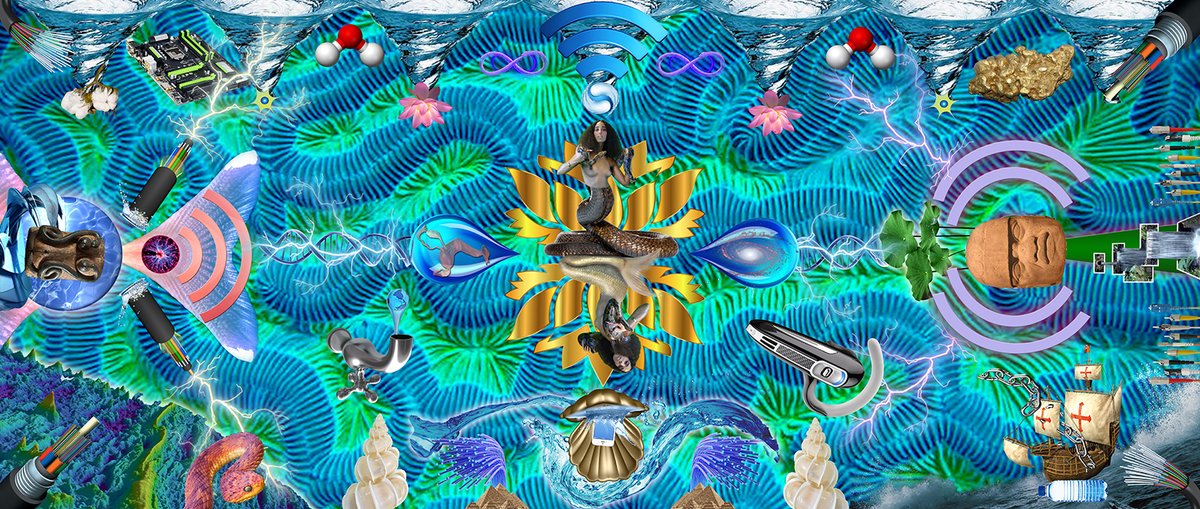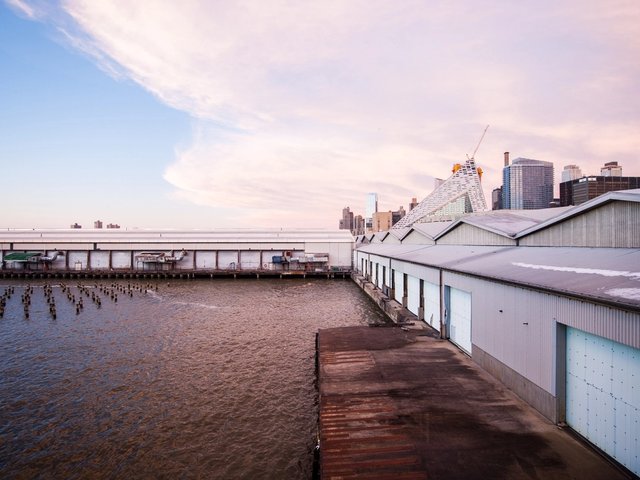The Armory Show (8-11 March) has chosen 34 artists to include in its Focus sector, organised this year by Gabriel Ritter, the head of contemporary art at the Minneapolis Institute of Art (Mia). The works in the curated section, dating from from the 1970s to the present, all look at “the body’s position in contemporary art vis-à-vis technology, what technology has been doing to the body, not only in terms of representation, but also mediation,” Ritter says.
The theme came out of a 2015 show Ritter worked on while he was an assistant curator at the Dallas Museum of Art, Mirror Stage: Visualizing the Self After the Internet, which included work by artists such as Ryan Trecartin and Jacolby Satterwhite. “Something I kept coming back to was a kind of material or visceral push that wasn’t as present before in the exploration of identity. And that kept coming back to the body,” Ritter explains. In different ways, the works in the Armory’s show explore the possibilities and limits of technology in relation to the human body and mortality.
In the work of Tabita Rezaire, who is represented by Goodman Gallery of Cape Town and Johannesburg, digital space becomes a quasi-mystical site of mutation and liberation. The curator describes the French-Guyanese-Danish artist’s aesthetic as reminiscent of “early 90s web kitsch”. “But it’s looking in a very earnest way at how the female body can be emancipated by the web and digital technology,” Ritter says, “and how we can tap into this universal us, or this universal experience, via the world wide web.”
Less familiar to US audiences, the presentation of Kei Imazu’s richly constructed canvases by the Tokyo-based gallery Yamamoto Gendai will be the Japanese painter’s first solo display in New York. “She is steeped in the history of oil painting. Everything is rendered with Photoshop, but then hand-executed from scratch in oil,” Ritter says. “The way she is able to seamlessly shift back and forth between digital space and physical space is quite impressive. It feels like the effect of the digital screen, but it's rendered in 8x10-foot canvases.”
On the opposite end of the spectrum is Hermann Nitsch, who is associated with the Viennese Actionist movement of the 1960s, and who produces large-scale, often gory paintings using animal’s blood and stages ritualistic performances. He represents “this really visceral reminder of what we are at the end of the day, regardless of all these interesting ways to fanaticise and reimagine and rethink the body”, Ritter says. “We are still stuck with these sacks of blood and bones that are incredibly fragile.”
The artists in Focus 2018
- Patty Chang | BANK (Shanghai)
- Nicanor Aráoz, Amalia Ulman | Barro (Buenos Aires)
- Woody Vasulka | Berg Contemporary (Reykjavik)
- José Santos III | The Drawing Room (Makati City)
- Tishan Hsu, Takeshi Murata | Empty Gallery, (Hong Kong)
- Dona Nelson | Thomas Erben Gallery (New York)
- Rafael Lozano-Hemmer | Max Estrella (Madrid)
- Andrew Brischler, Dean Sameshima | Gavlak Gallery (Los Angeles, Palm Beach)
- Tabita Rezaire | Goodman Gallery (Johannesburg, Cape Town)
- Rashid Rana | Leila Heller Gallery (New York)
- Park Hyun-ki | GALLERY HYUNDAI (Seoul)
- Shahpour Pouyan | Lawrie Shabibi (Dubai)
- Aleksandra Domanović, Oliver Laric | Tanya Leighton (Berlin)
- Karin Schneider | Lévy Gorvy (New York, London, Geneva)
- Lee Kit | Jane Lombard Gallery (New York)
- Carter Mull | Lundgren Gallery (Palma)
- Fabrice Samyn | Meessen De Clerq (Brussels)
- Anne Libby, Claire Tabouret | Night Gallery (Los Angeles)
- Gabriele Beveridge | Parisian Laundry (Montreal)
- Regina José Galindo, Maria Evélia Marmolejo | Prometeogallery di Ida Pisani (Milan)
- Tony Oursler | Redling Fine Art (Los Angeles)
- Emma Amos | RYAN LEE (New York)
- J. PARK | Shin Gallery (New York)
- Bruce Nauman | Sims Reed Gallery (London)
- Hermann Nitsch | Marc Straus (New York)
- Morehshin Allahyari | Upfor Gallery (Portland)
- Constant Dullaart | Upstream Gallery (Amsterdam)
- Kei Imazu | Yamamoto Gendai (Tokyo)




